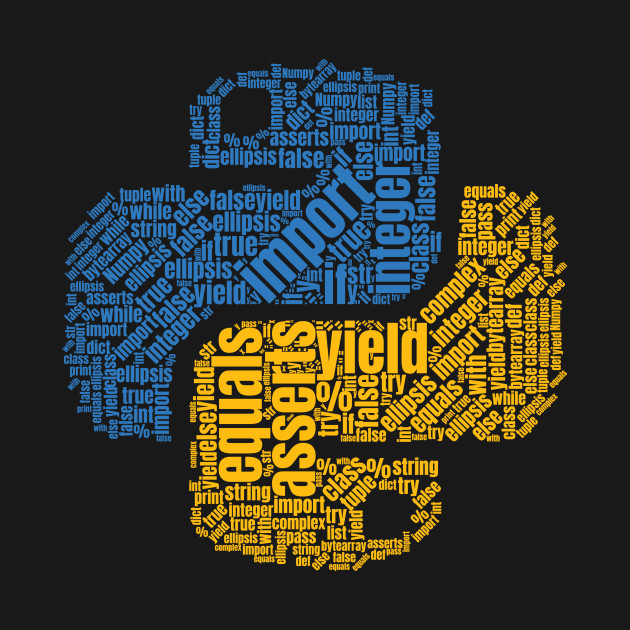

Update d1- dictionary with key-value pairs from d1 and.

It will iterate through the list and change its item. When two dictionaries contain the same key and if the value of the key is numeric then it may require to sum the values at the time of merging. Example 1:Merging two dictionaries d1,d2 having unique keys using the update() method. The second list of dictionary is iterated over, and if the keys in this are not present in the previous variable, the specific keys from both the lists are equated. If you need to merge the dictionaries, sum the key-value pairs and only include key-value pairs that are common for both dictionaries, use an intersection with. Joining / merging on duplicate keys can cause a returned frame that is the multiplication of the row dimensions, which may result in memory overflow. By using dictionary comprehension, we can convert a list of keys to a dictionary having the same value.


Values can be a list or list within a list, numbers, etc. The list of dictionary is iterated over and the keys are accessed. Key value is provided in the dictionary to make it more optimized.Keys will be a single element. Two list of dictionaries are defined and displayed on the console. It must be a neutral element for max (i.e. Exampleīelow is a demonstration of the same my_list_1 = Explanation To test for the presence of a key in a dictionary, use haskey or k in. The merged dictionary as a dict instance.When it is required to merge dictionaries list with duplicate keys, the keys of the strings are iterated over and depending on the condition, the result is determined.
PYTHON MERGE DICTIONARIES SAME KEYS ZIP
If both the dictionaries d1 and d2 have the same keys the key from d1 is taken for the merge operation.ĭ2 - Another dictionary object Return value: I'm wondering since your answer has more votes, is there a reason one might prefer your alt answer to the dict(zip()) answer below Is there any real different in runtime, or since zip is a special type of enumerate does it just come down to whether we want the dict.The resultant dictionary contains the union of two key spaces k1, k2 and their corresponding values from the dictionaries d1, d2 where d1 is the current dictionary(self, this and other similar names are used to refer to the first operand) on to which d2 is merged.The merge operator or the union operator combines the contents of the two dictionaries.


 0 kommentar(er)
0 kommentar(er)
